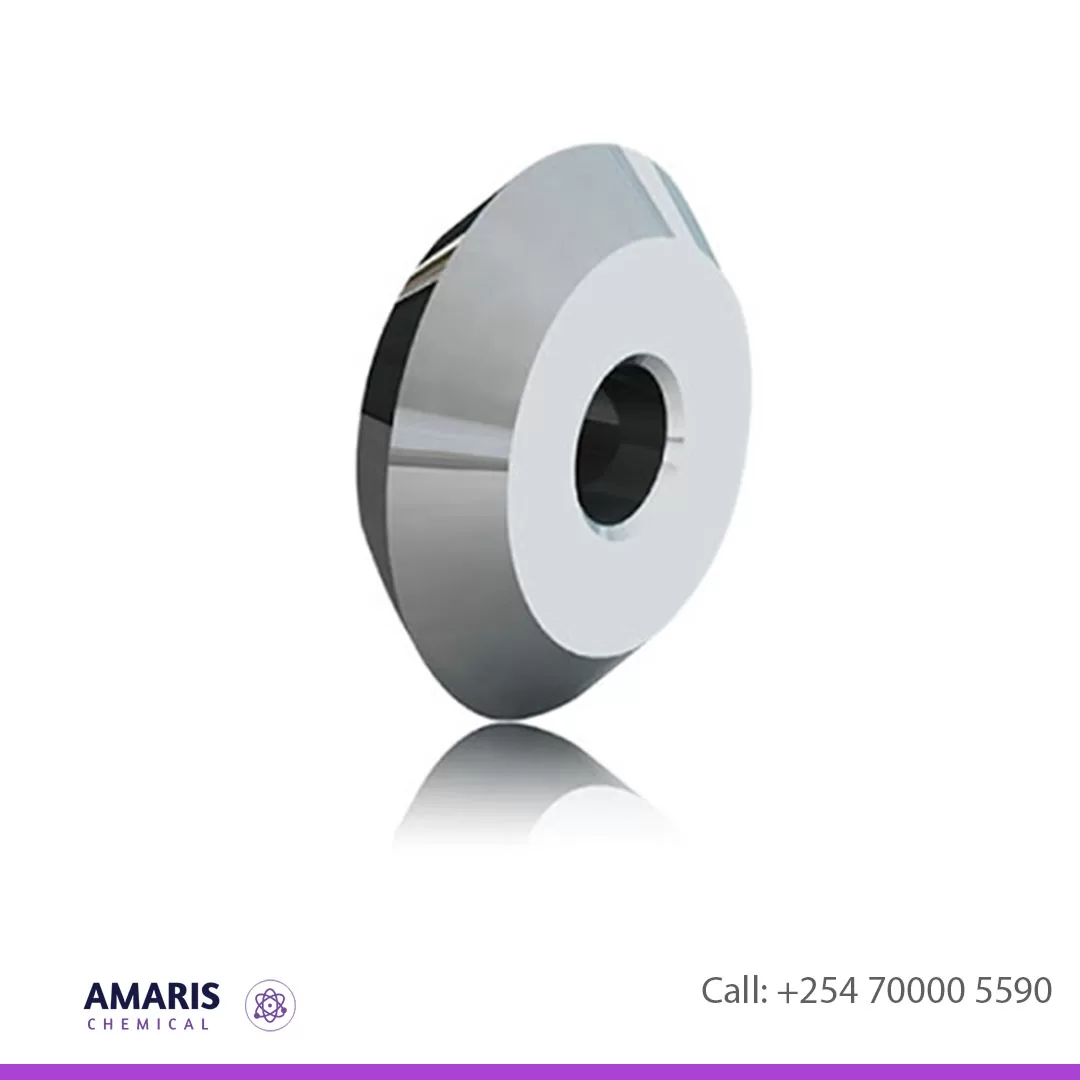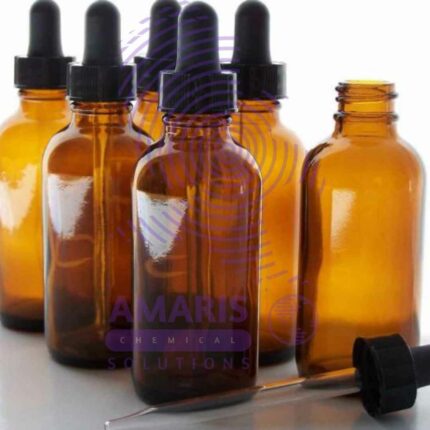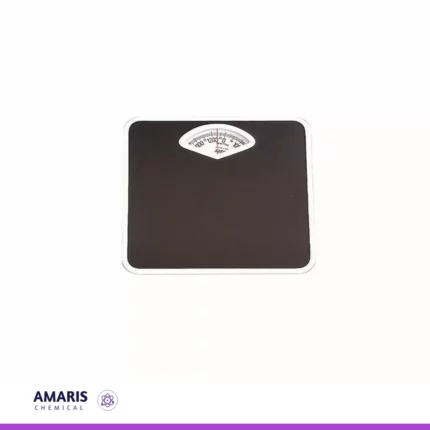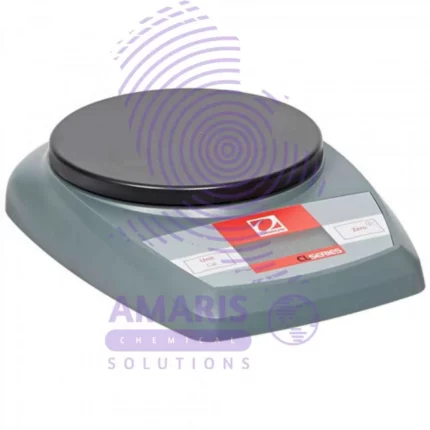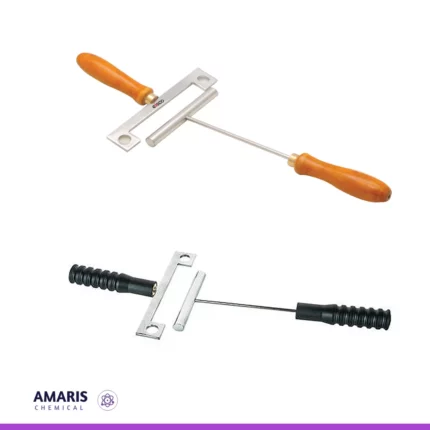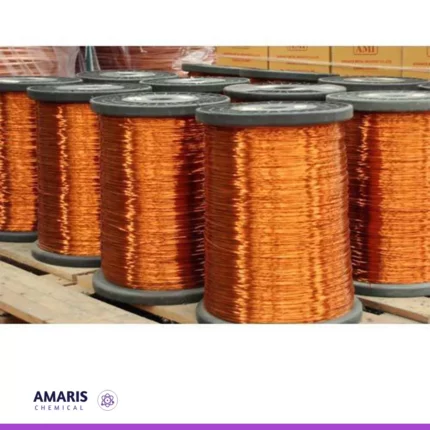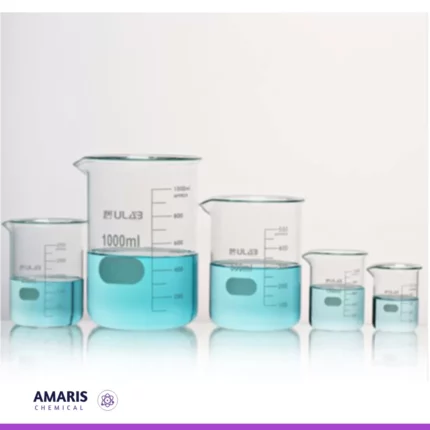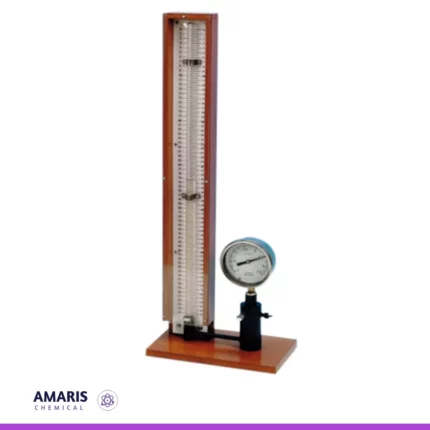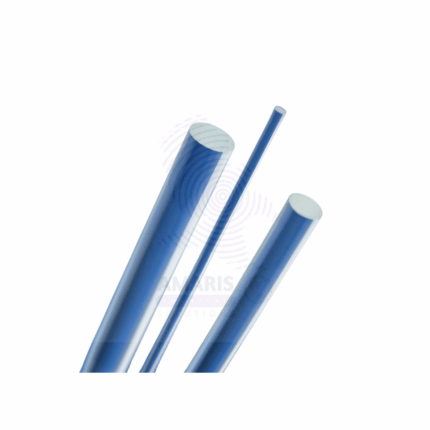
Glass Rod for Static Electricity
KSh0.01
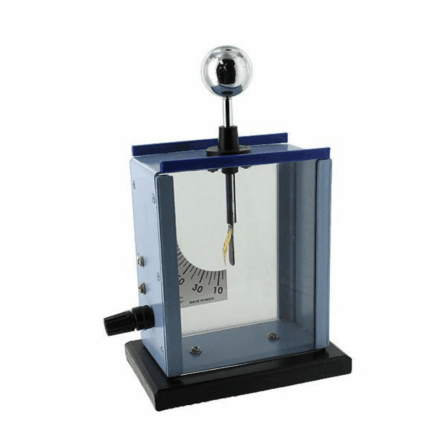
Gold Leaf Electroscope
KSh1,800.00 Original price was: KSh1,800.00.KSh1,700.00Current price is: KSh1,700.00.
Glass Tubing Cutter Wheel Type
KSh900.00 Original price was: KSh900.00.KSh800.00Current price is: KSh800.00.
A glass tubing cutter with a wheel type design is a commonly used tool in laboratories for precisely cutting glass tubing. These cutters are preferred for their ability to make clean and smooth cuts with minimal effort and risk of breaking the glass unevenly.
SKU:
ACS54332CHEM0
Category: Special Laboratory Equipment
Description
Uses of Glass Tubing Cutter Wheel Type
1. Preparing Custom Glassware
- Cutting Glass Tubing to Size: Customizing the length of glass tubing to create specific pieces of glassware such as pipettes, burettes, and condensers.
- Crafting Specialized Apparatus: Making precise cuts for specialized glass apparatus required in unique experimental setups.
2. Modifying Existing Glassware
- Trimming Glass Pieces: Adjusting the length of glass tubing in pre-made laboratory setups for optimal fit and function.
- Creating Openings: Making openings or notches in glassware for connections or modifications.
3. Chemical and Biological Experiments
- Setting Up Reactions: Preparing glass tubing for use in various chemical reactions, ensuring the tubing fits properly into reaction setups.
- Biological Sampling: Creating customized glass tools for sampling and handling biological materials.
4. Instrumentation Assembly
- Assembling Glass Instruments: Constructing and modifying glass components in instruments like gas chromatography setups, distillation columns, and other analytical equipment.
- Repair and Maintenance: Repairing damaged glass parts of laboratory instruments to ensure they function correctly.
5. Educational Demonstrations
- Teaching Tool: Demonstrating proper glass cutting techniques in educational settings to train students and laboratory personnel.
- Hands-On Learning: Allowing students to practice cutting glass tubing as part of their laboratory skills development.
6. Creating Joints and Connectors
- Fabricating Glass Joints: Making precise cuts to form joints and connectors between different glass components, ensuring airtight and secure connections.
- Connecting Tubes: Customizing glass tubing to create smooth connections in complex glassware assemblies.
7. Smoothing Edges and Preparing Ends
- Deburring Edges: After cutting, the edges can be sharp; the cutter helps in making clean cuts that are easier to smooth with minimal additional work.
- Preparing Ends for Sealing: Ensuring the cut ends of the glass tubing are smooth and even, making them easier to seal with heat or to attach to other components.
8. Safety Enhancements
- Reducing Breakage Risk: By making clean, precise cuts, the cutter helps reduce the risk of glass breakage and associated hazards during experiments.
- Minimizing Injuries: Proper use of the cutter minimizes the likelihood of injuries that can occur from jagged or improperly cut glass.
Shipping & Delivery
Related products
Amber Bottles Polystop
KSh0.01
A laboratory glass amber bottle is a specialized container commonly used in laboratories to store and protect light-sensitive substances, chemicals, or solutions. These bottles are made from amber-colored glass, which provides protection against ultraviolet (UV) and visible light radiation. The amber glass helps to minimize the degradation and decomposition of light-sensitive contents by blocking a significant portion of the light spectrum.
The amber color of the glass is achieved by adding iron, sulfur, and other compounds during the glass manufacturing process. This coloration is what gives the bottles their distinctive amber or brown appearance.
Laboratory glass amber bottles typically come in various sizes, ranging from small volumes of a few milliliters to large capacities of several liters. They often have a screw-on or snap-on cap, providing a secure and airtight seal to prevent spills, evaporation, and contamination.
Due to their ability to protect light-sensitive substances, laboratory glass amber bottles are widely used in chemistry, biology, pharmaceuticals, and other scientific fields where sample integrity and stability are crucial.
Balance Bathroom Scale
KSh0.01
bar and gauge apparatus
KSh0.01
bare enamelled copper wire
KSh0.01
beaker hysil
KSh0.01
A glass beaker is a cylindrical, open-top container made of glass, typically with graduated volume markings on its side. It is commonly used in laboratories for holding, mixing, and heating liquids, as well as for performing various experiments and chemical reactions. Glass beakers come in various sizes and are designed to provide easy observation of the contents and to withstand temperature changes without significant deformation or chemical interaction with the substances being used.
Bernoulli Tube Apparatus
KSh0.01
The Bernoulli tube apparatus, also known as a Venturi tube apparatus, is a scientific device used to demonstrate the principles of fluid dynamics, particularly the Bernoulli's principle. It consists of a specially shaped tube with a constricted region, often referred to as a Venturi section. When fluid (liquid or gas) flows through the tube, the constricted section leads to changes in pressure and velocity according to Bernoulli's principle, which states that as the velocity of a fluid increases, its pressure decreases and vice versa. This apparatus is commonly used in educational settings to visually illustrate how the flow of a fluid can affect its pressure, helping to explain various phenomena like lift in aircraft wings, fluid flow through pipes, and more.
Boyles Law apparatus
KSh0.01

